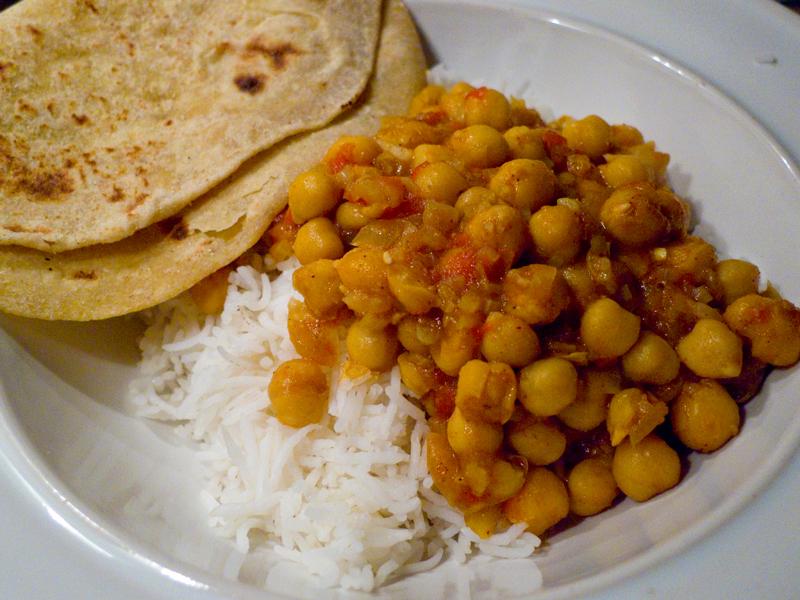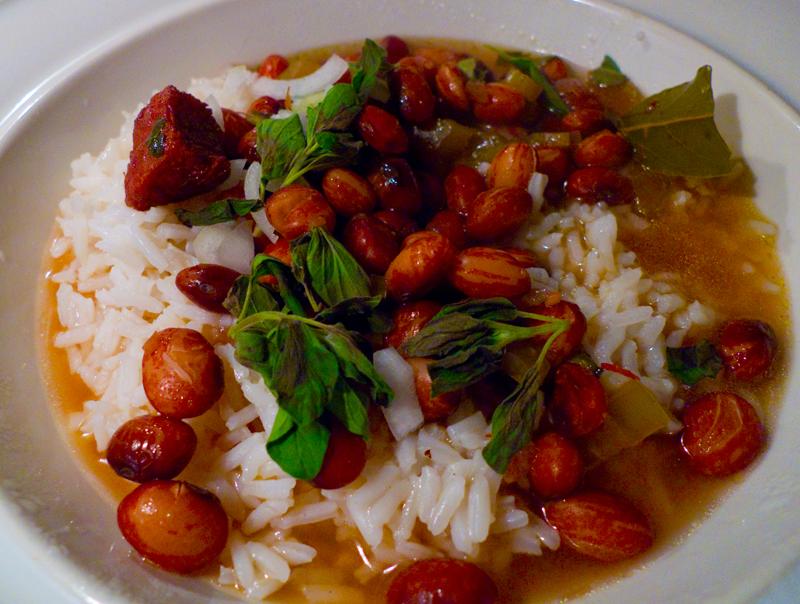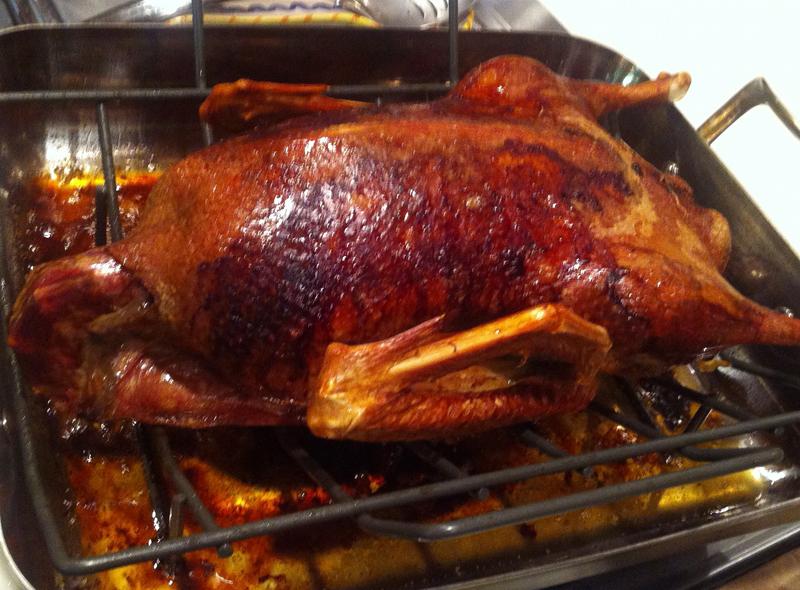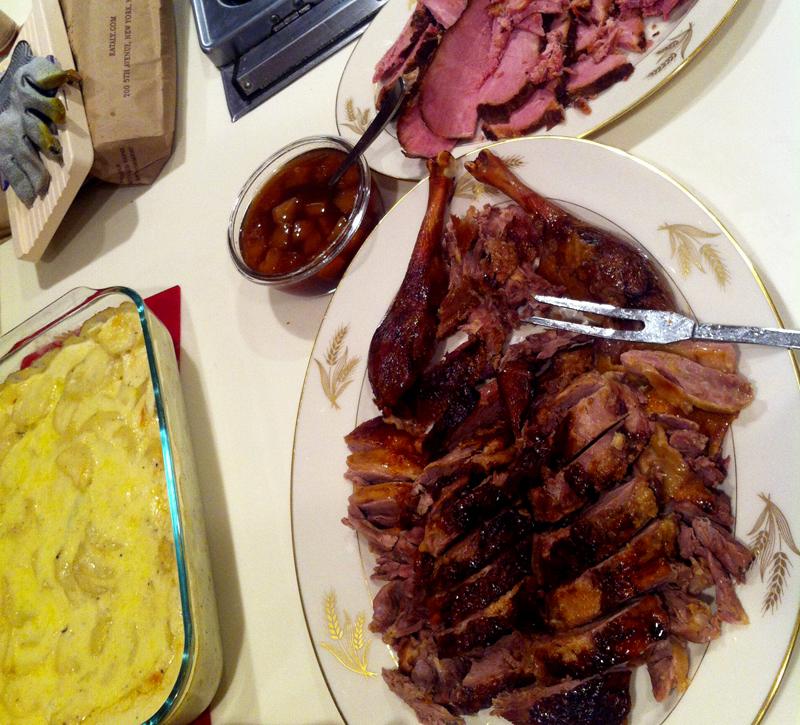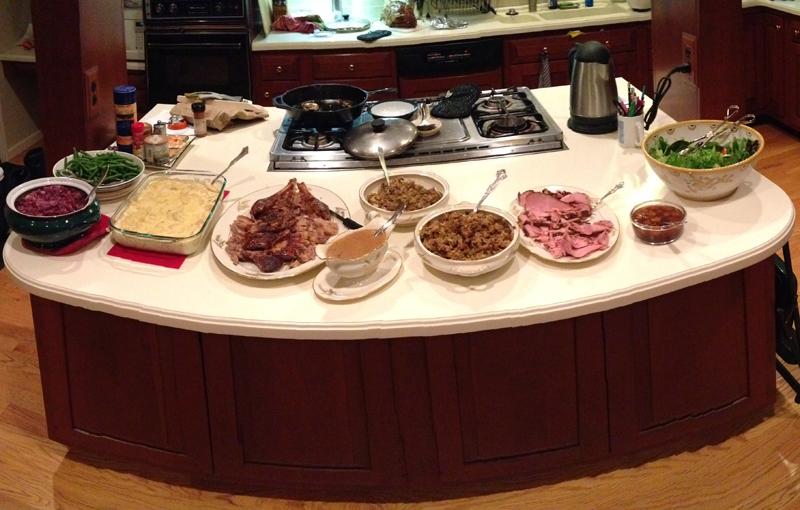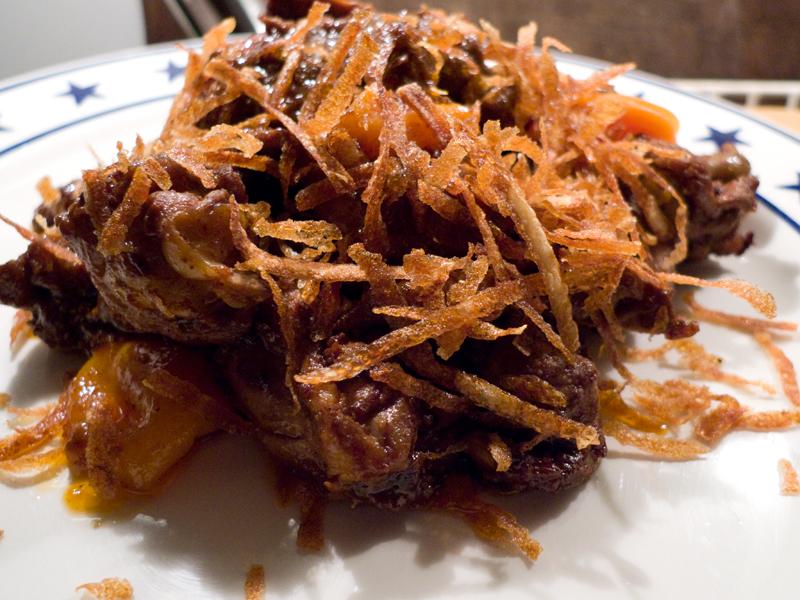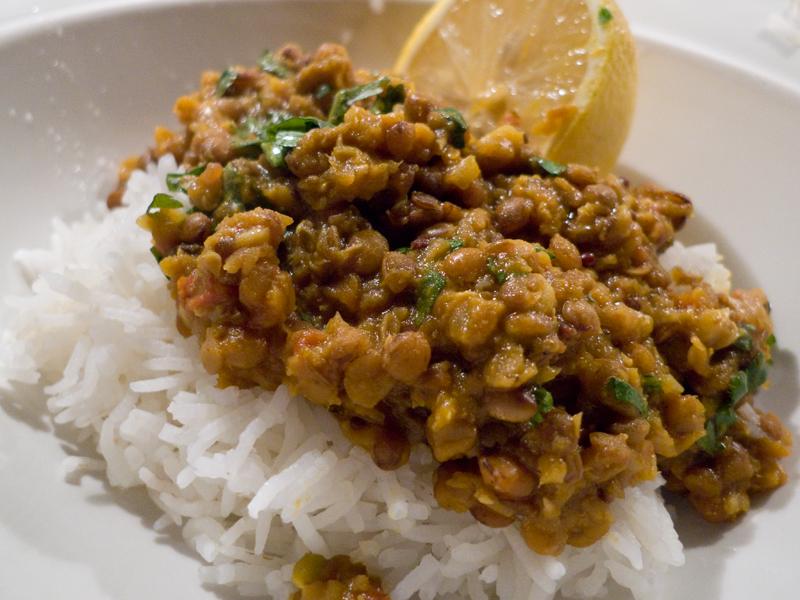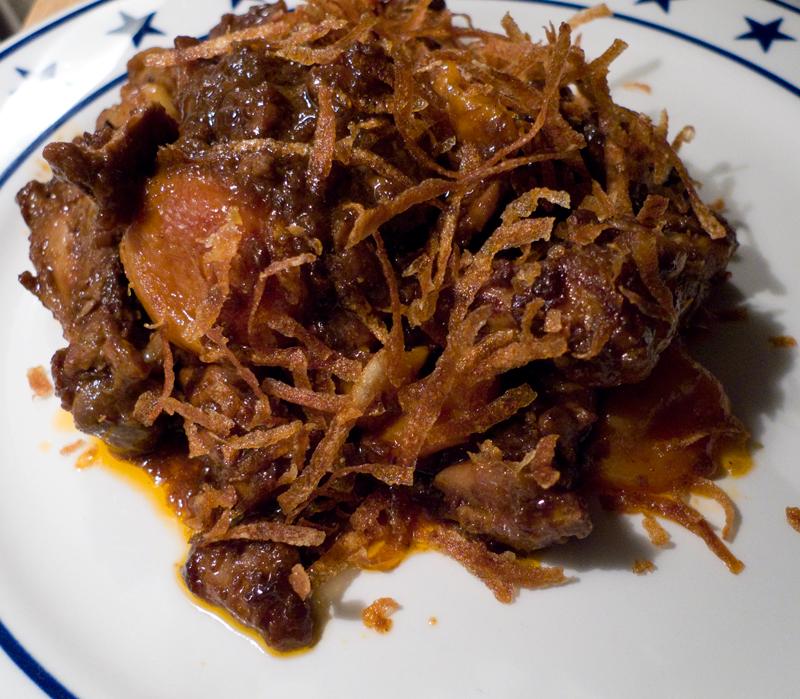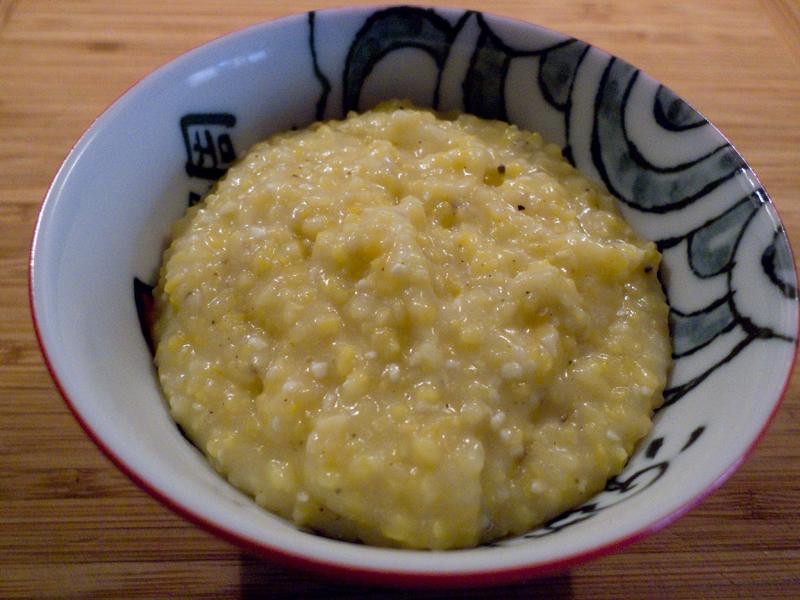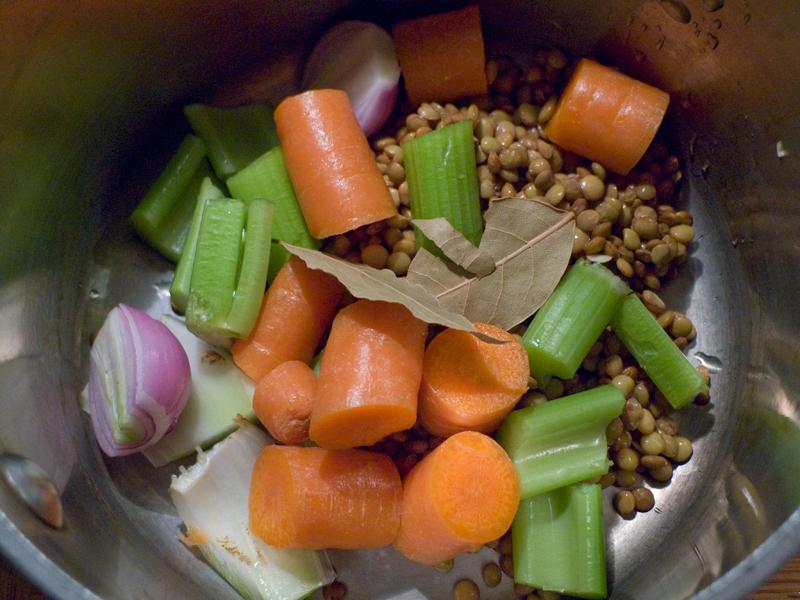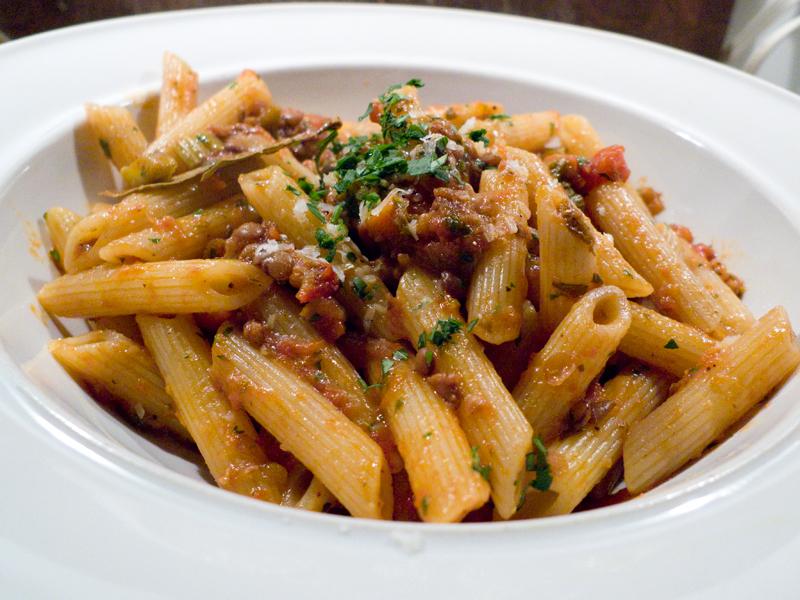-
Posts
1,824 -
Joined
-
Last visited
Content Type
Profiles
Forums
Store
Help Articles
Everything posted by patrickamory
-
First use of my new pressure cooker... chickpeas for a Madhur Jaffrey chole. The chickpeas were a solid success, creamy like I've never had them before, bursting with flavor, I could eat them (and ate quite a few in fact) without salt. The chole was one of the best recipes I've found so far - she notes that she was trying to replicate street vendor renditions of chole, and this comes closer in succulence to the Punjabi taxistand joints in NYC than other recipes I've tried (while still not actually replicating the signature cab vibe of oily greasy yumminess). Next up: making the entire chole in the pressure cooker, not just the chickpea cooking portion (I wonder whether this will be a good thing - any advice from the PC faithful?)
-
Just purchased 2 grams of Afghani from saffron.com (the about page goes on and on about Iranian saffron, but they don't seem to actually have any for sale). Will report back on how it compares to our very good Spanish (or "Spanish"?) saffron.
-
Well I know that's delicious chefmd. I'm not always a fan of "composed" food, but that would disappear in a moment with me.
-
Panaderia that avocado sounds delicious. Fingered some sad ones at the supermarket today! Best dish of the year? Hmm... I made janeer's AMAZING baked bean recipe with my own homemade salt pork, twice. Just unbelievable. I could eat another pot of it right now.
-
One of the more infuriating side effects of being sick - loss of appetite, or food that doesn't taste right!
-

Your most disliked trend in the food industry.
patrickamory replied to a topic in Food Traditions & Culture
I too hate overly sweet meals. -
Wonder if you could adapt sali boti or sali jardaloo murgh for dates?
-
Soba - thanks! It's a work in progress... I love New York Noodletown. That baby big is miraculous. The char siu there is pretty great too. huiray - yes, as Soba points out, Steve Sando is the owner of Rancho Gordo, who produced the Good Mother Stallard beans I used in that dish. I was being a bit facetious - he always says the delicate, earthy flavor of the Stallards don't need any bacon or ham hocks or salt pork, and usually I concur. This time I decided to pork it up.
-
Broke a Steve Sando rule and tried out some homemade salt pork until liquid, then fried onions, celery, garlic, and minced Thai chile. Added a cup of Good Mother Stallards and water and simmered until tender. Served with rice and fresh oregano.
-
Shrimps and grits are looking good
-
I always salt American rice (liberally) while cooking. I don't salt Asian or Indian rices.
-
We roasted a heritage goose this year Plus stuffing, gravy, scalloped potatoes, ham, red cabbage, green beans and salad.
-
My mom and my brother collaborated on the bûche de Noël this year. I have to say they did a fantastic job: (There was also a chocolate hazelnut pie that was to die for - chocolate crust. I'm not even a dessert person.)
-

Christmas Presents for the Kitchen: 2012
patrickamory replied to a topic in Food Traditions & Culture
A pressure cooker! Stoked. Also: the Naomi Duguid Burmese book, and Paula Wolfert's Moroccan Food. -
I think you may be right on Jaffrey. Also, the second edition "freshens up" and echos the mellow flavors of the original spices with brighter enhancements, adding to the unity but also the complexity of the finished dish. Another one - most Italian and all Indian recipes say to heat the oil or fat before adding the onions. But some Italian recipes say to warm the onions in the oil together. Why? (Thanks for the recommendations on the other books - will check them out.)
-
I always enjoy cookbooks most when they give the reasons for the instructions in a recipe. Then you have the background you need to start improvising on your own. Which cookbooks do you feel give you the best "reasons why" when they tell you what to do? Which ones are not so good at giving you the reasoning behind the instructions? I've found John Thorne's books, with their discursive history of foods and recipes, and his experiments with each in various chapters, to be models of explaining why we cook things the way we do (sometimes irrationally). Here are some examples of questions that have come to mind when cooking from books by other authors: - Marcella Hazan - bring the pasta water to a boil, then add the salt, cover again, bring to a boil again, add the pasta. Why add the salt after the water is boiling, rather than at the start? - Anson Mills grits recipe - similarly, add the salt halfway through the cooking process. I know why not at the end (cooked grits don't absorb salt), but why not at the start? - Madhur Jaffrey - Frequently spices are fried early on in a long-cooked dish, and then the same spices added at the end, often whole instead of ground, freshly fried in a tadka. Why? When wouldn't one want to do this? - Fuchsia Dunlop - At various points in various recipes: Splash the wok with Shaoxing wine. What does this achieve, exactly? It's not deglazing as in Western recipes. Perhaps the wine doesn't serve the same function in various dishes - it's simply a flavoring element like soy sauce? These are somewhat silly examples, since I can guess at the answers to most of them, but I think there's a lot more out there. (I realize McGee and Modernist Cuisine probably give answers to a lot of these questions - but perhaps less when traditional foodways are involved.)
-
Thanks andie. They tasted good too. Just needed some reassurance that I was on the right track... I have four more pounds to go through!
-
janeer, I'm going to give yours a try next. I was tempted to add pork to Soba's recipe, but wanted to experience just pure lentil earth first.
-
I found the chicken jardaloo sali in Jaffrey, made it tonight, fabulous! Photos in the dinner thread. I'll be trying a lamb version next. Thanks all.
-
-
Emily, I used Soba's instructions here: I added a little lard to the oil for the battuto. I don't think I ever got it to soften to Soba's jam-like consistency, despite cooking it for 90 minutes. I triangulated a little with this Lidia Bastianich recipe: http://lidiasitaly.com/recipes/detail/971
-
I finally got a new shipment from Anson Mills. Below is my first attempt (coarse yellow antebellum grits). I soaked them overnight, simmered them to "first starch" per Anson Mill's instructions, then cooked for 50 minutes, adding a little water now and then, stirring. They were delicious, creamy but with some chew, but do they look too dry? Perhaps I misjudged the first starch (the grits thickened within about 2 minutes, whereas Anson Mills says it should be 5-8 minutes, so I kept it simmering, almost boiling while stirring till 5 minutes)? Perhaps the whole thick-versus-runny thing is a matter of personal preference? Coarse artisanal grits should have some chew no matter what, correct? Am I overthinking this?
-

Corn Starch Only in Westernized Chinese Food?
patrickamory replied to a topic in China: Cooking & Baking
Fuchsia Dunlop's new book (UK edition) calls for "potato flour" as a thickener. Is this English-English for potato starch, or is it a separate thing? Googling seems to say it's a separate thing. Any pros, cons to potato flour vs. potato starch vs. the (easily available here) cornstarch?


